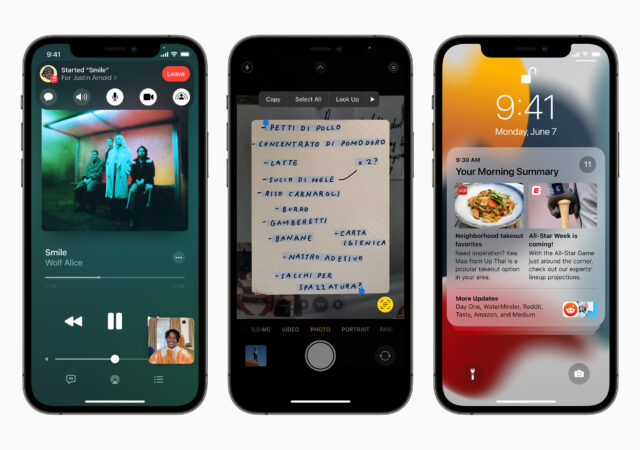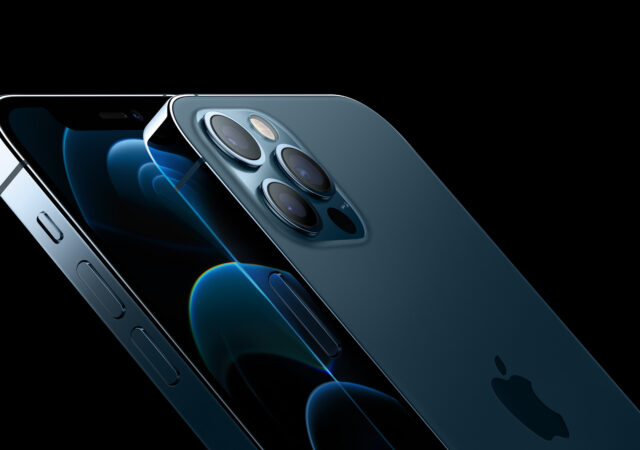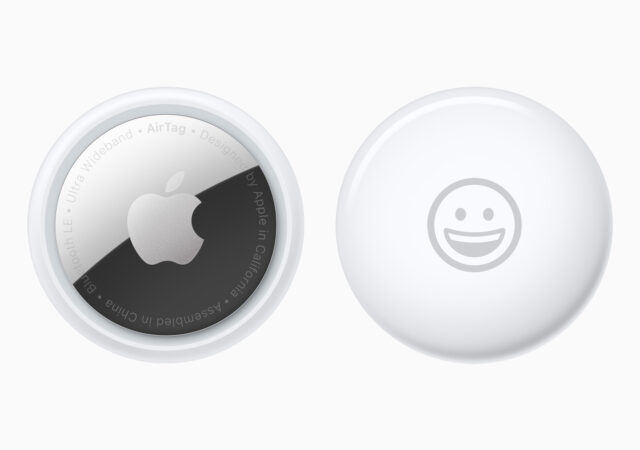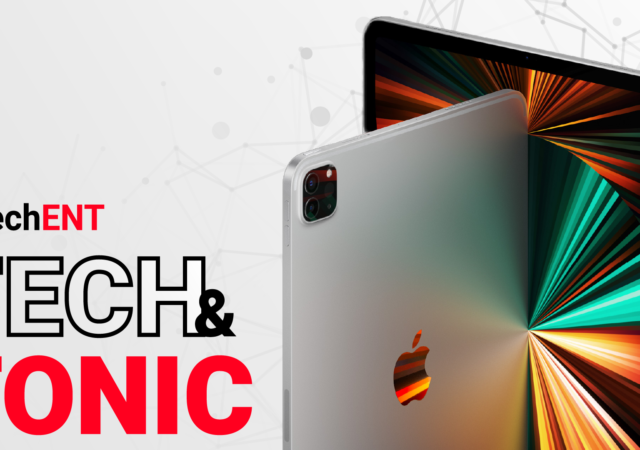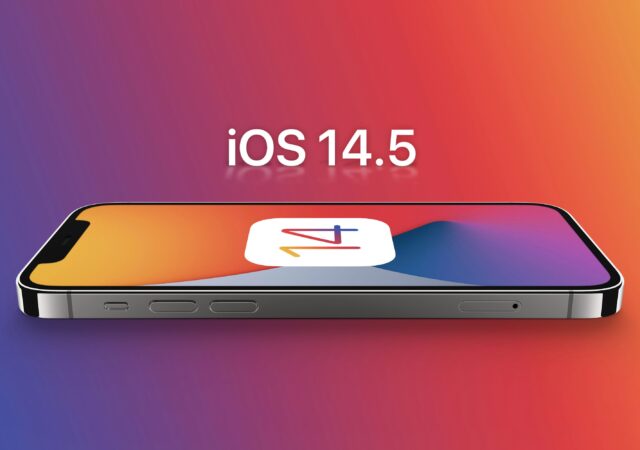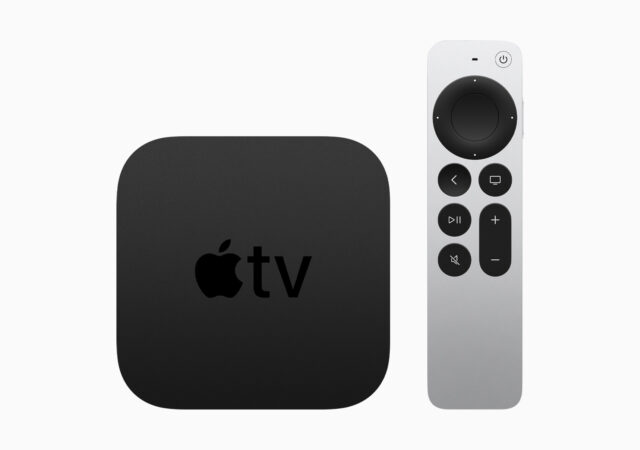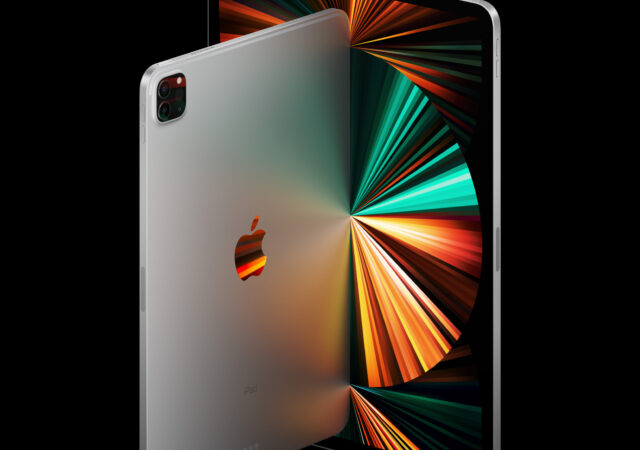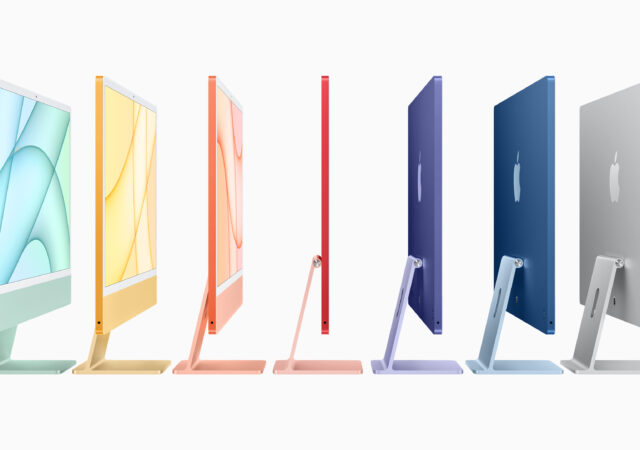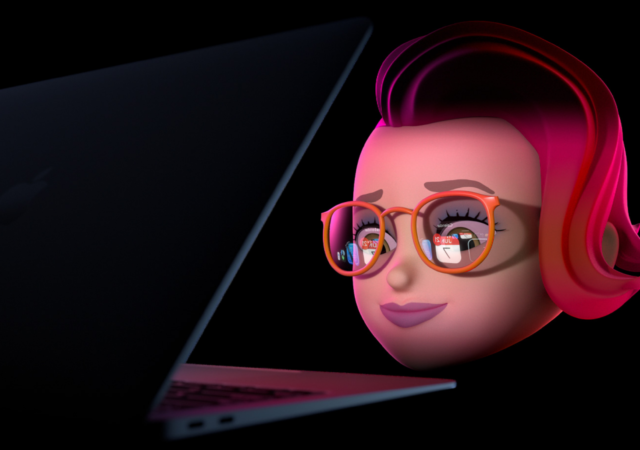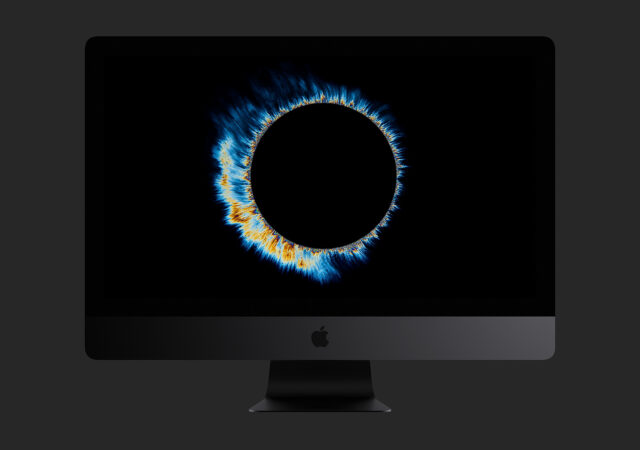Apple’s WWDC 2021 reveals the iOS’s biggest update in the form of the iOS15 available for iPhones Fall this year 2021.
Apple Releases iOS 14.6, iPadOS 14.6, macOS Big Sur 11.4, watchOS 7.5, and tvOS 14.6
Apple brings iOS 14.6, iPadOS 14.6, tvOS 14.6, macOS Big Sur 11.4, and watchOS 7.5 updates with added features.
Apple’s AirTag Raises Child Safety Concerns while Users Lament Inability to Share
Apple’s AirTag comes under fire as child safety concerns arise from a retailer in Australia while users are lamenting the inability to share.
Tech & Tonic S02E09 – The Apple iPad Pro and the Problem with Android Tablets
Apple has just announced the new iPad Pro and the company packed it with even more power with the new M1 processor – we’re talking about it on the Tech & Tonic Podcast!
iOS 14.5 is Out Now! What’s New?
Apple releases the new iOS 14.5, the biggest iOS update since the iOS 14 with a few major improvements including AirTag support
The 2021 Generation Apple TV 4K – Even Better and Even Cleverer, Cleverer Than Your Smart TV
Apple’s Spring Loaded event for 2021 sees Apple launch the new Apple TV 4K with A12 bionic chip and a new Apple TV Siri Remote starting at MYR 849.
The Apple iPad Pro with Apple M1 chip – The Most Powerful Ever
The Apple iPad Pro for 2021 is packing the highly acclaimed Apple M1 chip that makes it the most powerful iPad Pro ever with prices starting from US$ 749 or MYR 3,499.
Apple’s New 2021 iMac is the Thinnest, Most Colourful, and Most Advanced Ever
Apple launches the new iMac for 2021. The new Apple iMac features the Apple M1 chip and up to seven colour options from MYR 5,599 onward.
WWDC 2021 is Happening! Purely an Online Affair from June 7, 2021 Onward!
Apple returns with WWDC for 2021. WWDC21 will be an all-virtual event and is set to be the biggest one yet by Apple.
The Apple iMac Pro is No More
When we say no more in this case, it is not exactly true yet. There are still Apple iMac Pro devices still going around the market. But as per Apple, the only ones they are selling at this point is…



